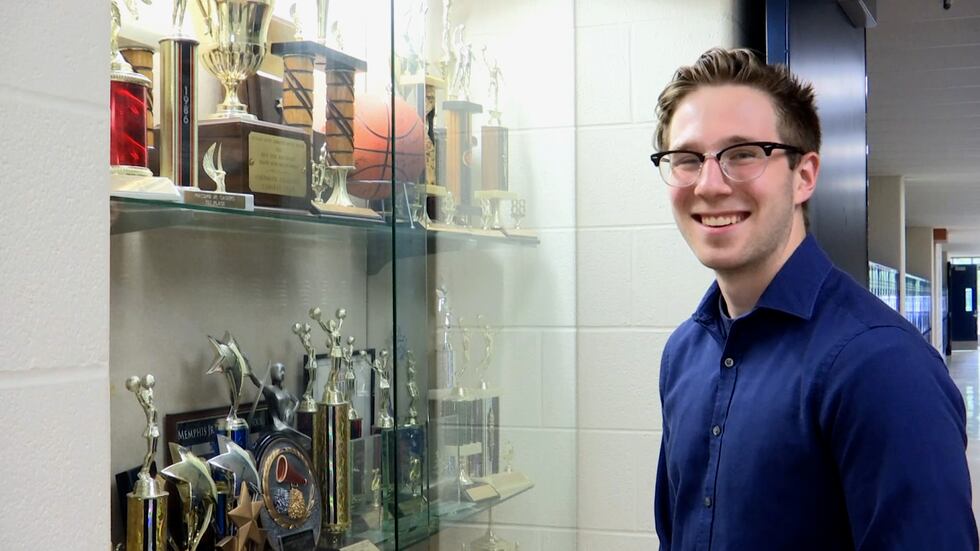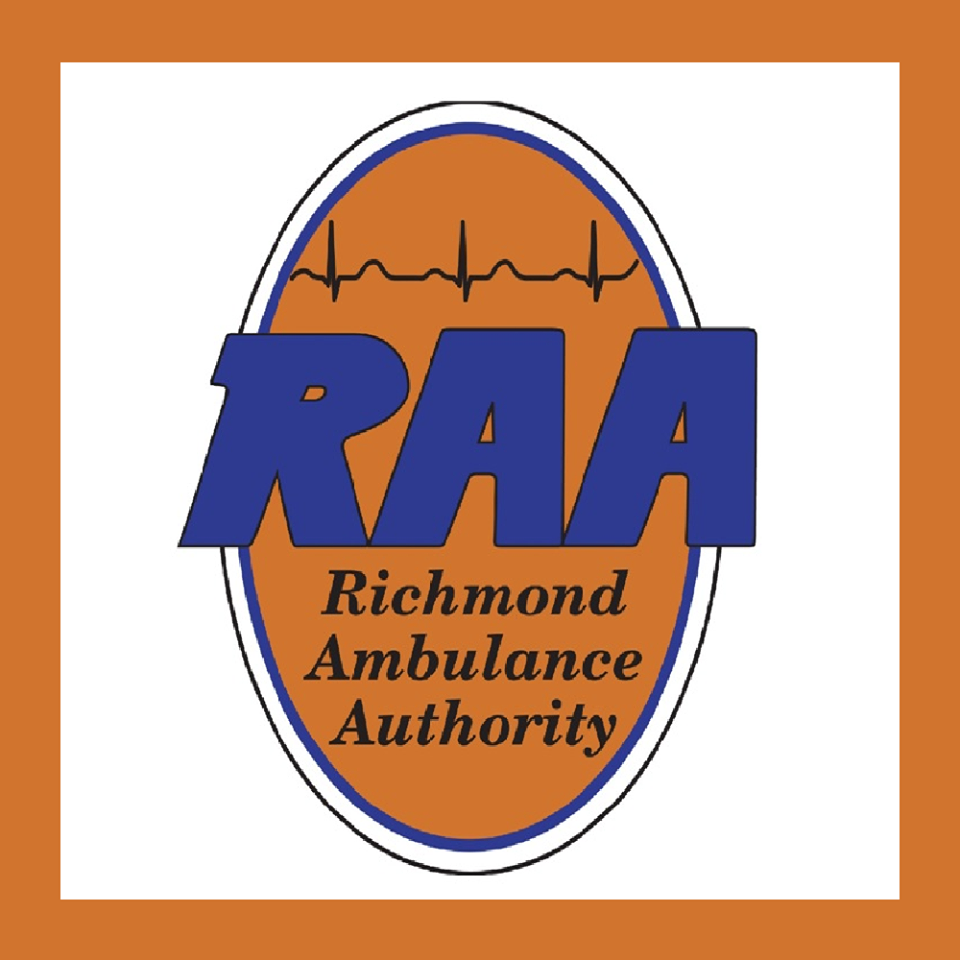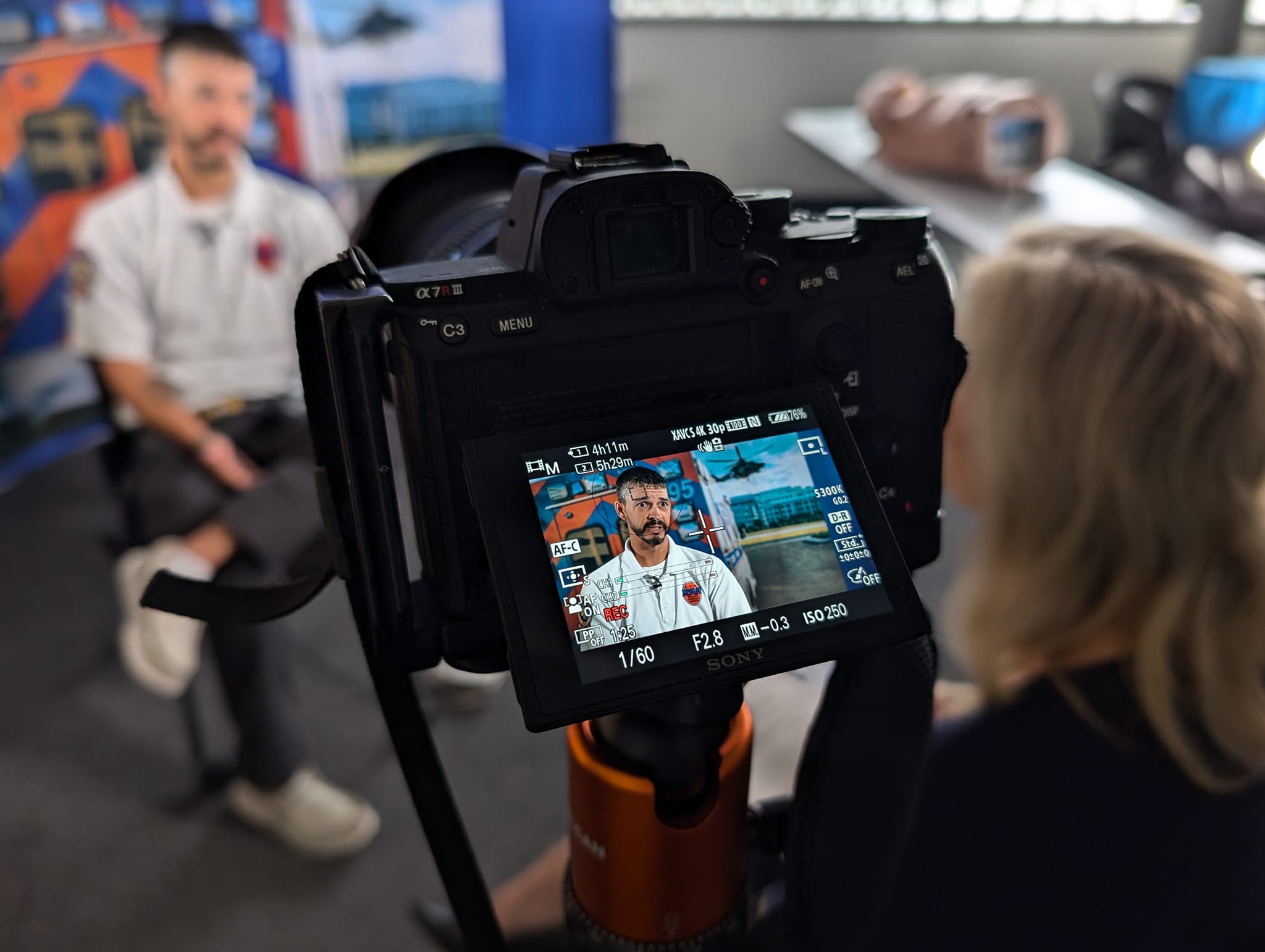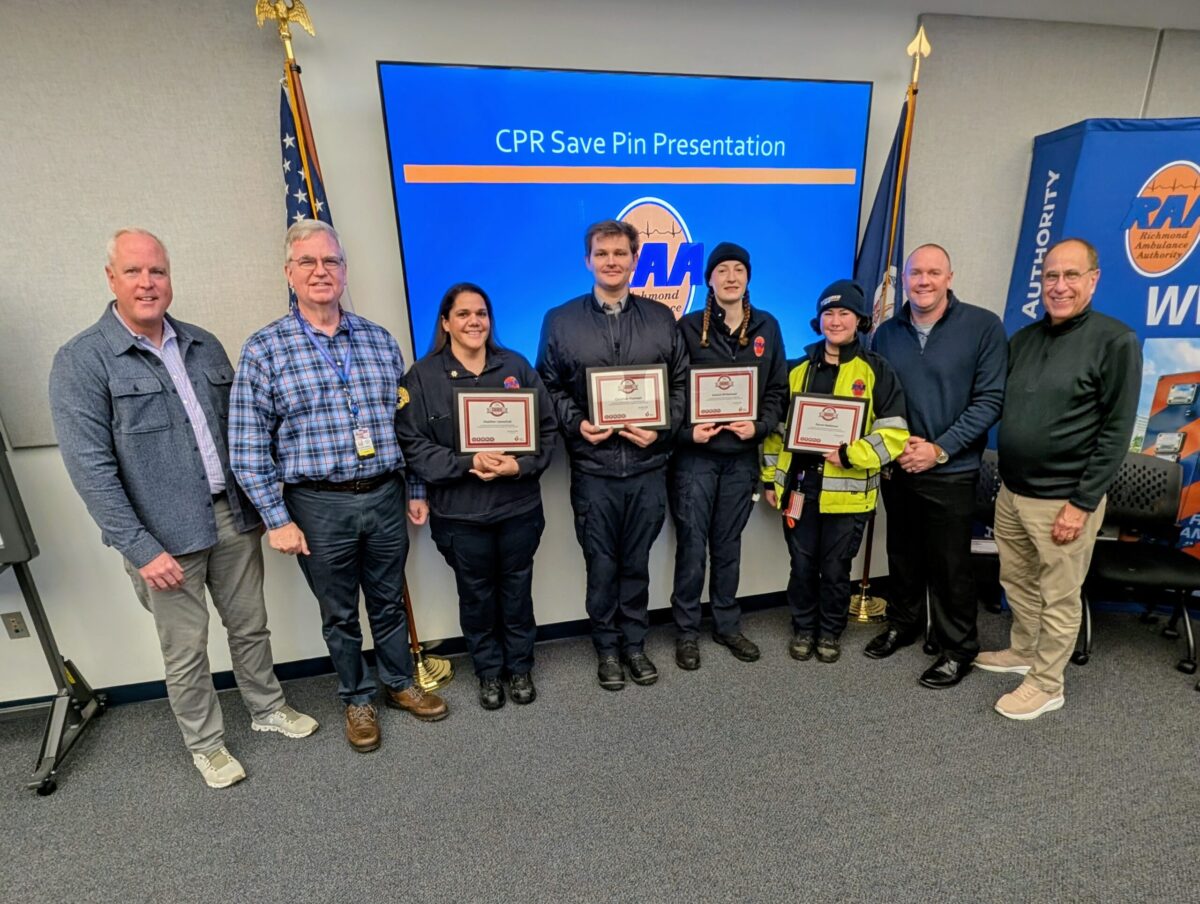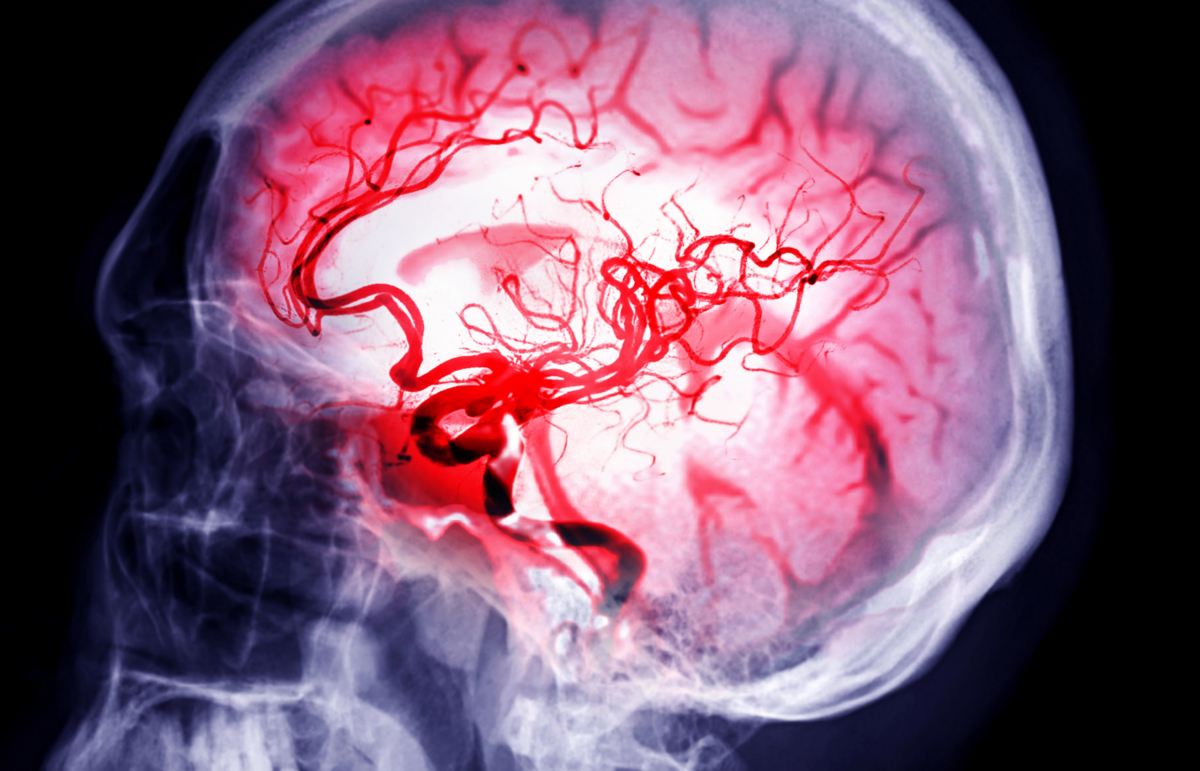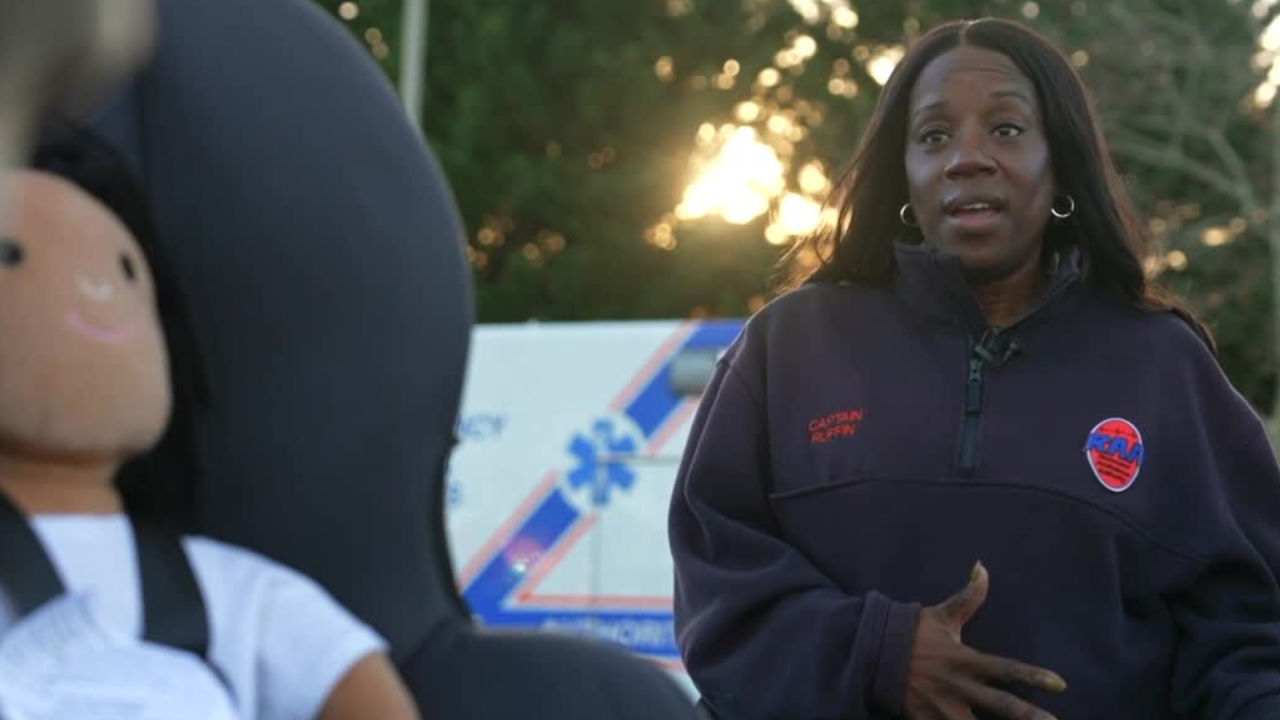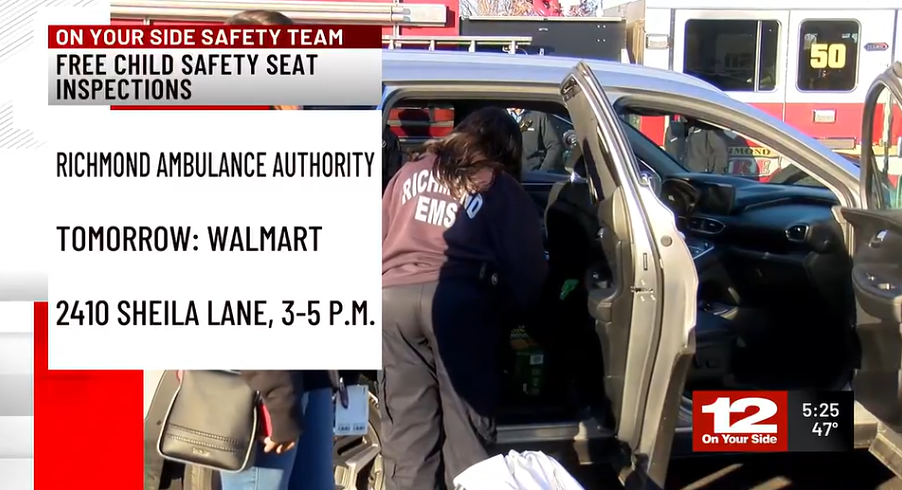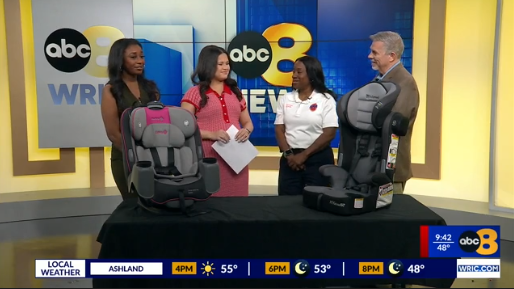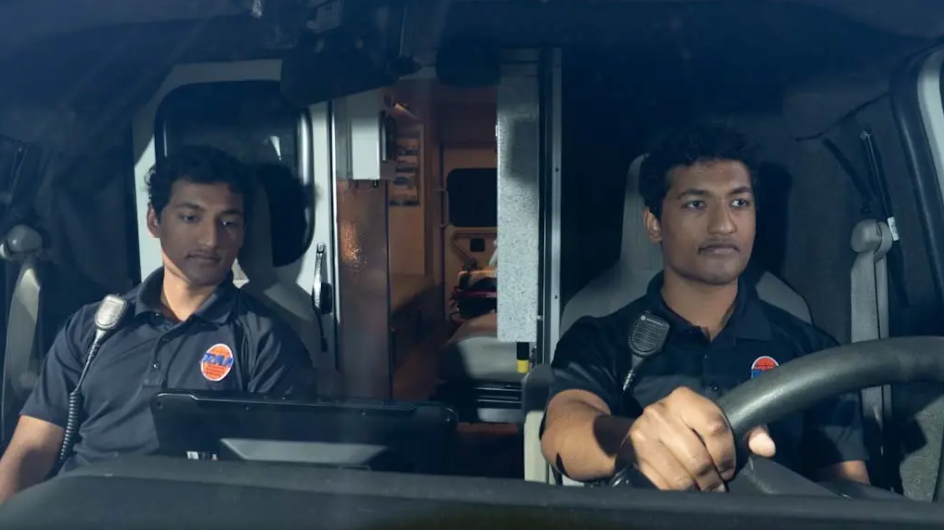This article originally appeared on 12onyourside.com
Memphis, MI (InvestigateTV) — At just 19 years old, Alex Bowerson often reflects on the pivotal moments a few years ago that saved his life.
As a high school athlete, his days were packed with various sports and activities – football, baseball, wrestling, and even marching band. During his senior year at Memphis Jr/Sr High School, Bowerson’s routine included weightlifting twice a day for wrestling practice.
“So that day was like any other day,” Bowerson recalled.
That day began with an exam as part of his dual-enrollment program. After finishing the test, he laced up his running shoes and headed straight to practice, ready to warm up for another wrestling session.
“I was jogging along then probably two to five minutes in, I got an incredibly tight pain in my chest, worse than any other pain I’ve gotten before,” Bowerson said.
Despite it being a somewhat familiar feeling, Bowerson knew something wasn’t right, but he kept running and took 10 ten more steps until he couldn’t stand anymore.
“I hit my hands and knees,” he said. “I was trying to go heart, heart, but I was so weak that I couldn’t pick my hand off the ground to say that.”
He collapsed and lost consciousness.
Amanda Bobcean, the head cheerleading coach nearby, quickly recognized the early signs of cardiac arrest. While someone else began administering CPR, she swiftly retrieved the nearest automated external defibrillator (AED) and applied it to Bowerson.
“I suddenly stopped, turned completely blue, stopped breathing entirely, lost a pulse entirely,” Bowerson said. “But by that time, she already had an AED on me, and it was analyzing my heart rhythm.”
Bowerson said the AED used on him was at the end of its life cycle with only 11 percent battery left, but that one shock brought him back to life.
“She knew exactly what was going on and that led to, just a quick response that was perfect and instrumental in me having such an amazing outcome and the school having an AED as well, that’s incredible,” Bowerson said.
Despite its rarity, sudden cardiac arrest is considered the leading cause of death among young student-athletes in the U.S., according to a study by the National Institute of Health.
That study also noted the survival rate for high school student-athletes is 68 percent but jumps to 80 percent if an AED is used. An AED is a medical device that can analyze the heart’s rhythm and, if necessary, deliver an electrical shock, or defibrillation, to help the heart re-establish an effective rhythm.
Although there is no federal law in the books that requires all schools to have those life-saving devices, Bowerson’s Michigan school was prepared.
“I don’t know how many of these little farm town schools would actually have an AED,” Bowerson said. “I got very lucky that there was an AED that was ready to go and shocked me and saved my life.”
As of April 2024, Michigan requires AEDs in all schools.
Varied State Requirements for AEDs in Schools
Not every school in the U.S. is equipped with an AED. InvestigateTV found that while these life-saving devices, which can quickly restore a normal heart rhythm, are crucial, they are often regarded as a luxury rather than a necessity.
As of September, only 16 states and the District of Columbia have enacted laws mandating AEDs in every elementary, middle, and high school for public and private schools.
Some states have promoted the presence of AEDs on campuses through donations rather than legal requirements.
For example, Colorado encourages, but does not mandate, AEDs be placed in its schools or athletic facilities.
Meanwhile, Hawaii’s law only mandates AEDs at sporting events.
In some states, proposed AED legislation died without votes, InvestigateTV found.
“It’s quite shocking to me that schools don’t know about it, don’t think about it, and most importantly aren’t prepared about it,” Bowerson said.
At least nine state high school athletic associations require AEDs at its member schools. In Florida, the rules mandate that AEDs be present at all games, workouts, and practices.
The American Heart Association emphasizes that having an AED on school grounds is just one part of the equation; being prepared to use it effectively is equally important.
“What we’ve been working and really focusing on is getting states to buy into the fact that not only do you need AEDs, but you need that emergency response plan around it to make sure that they are accessible, and people know how to use them in the setting of an emergency,” Dr. Comilla Sasson said.
As Vice President for Science at the American Heart Association’s Healthcare Business Solutions department, Dr. Sasson, who also practices as an emergency medicine physician, preaches that having both CPR and AED access significantly improves survival rates for cardiac arrest victims.
“We always kind of say time is brain, time is heart muscle. Time is really survival,” Sasson said. “We know for every one minute that somebody does not have CPR performed or AED used their chances of survival go down by 10 percent.”
This means that those crucial 10 minutes can significantly impact the chances of survival for someone experiencing cardiac arrest outside of a hospital setting.
That is why the American Heart Association is advocating for a nationwide mandate requiring all states to include CPR training as a graduation requirement. More than 40 states have already incorporated this training into their school curriculums.
The American Heart Association is also urging schools nationwide to develop their own Cardiac Emergency Response Plans (CERP). This document outlines specific steps to minimize fatalities from cardiac arrest within schools. It also establishes clear guidelines on key locations for AEDs, identifies responsible personnel, and designates trained individuals to handle such emergencies, ensuring a well-organized and effective response when needed.
Additionally, the organization has been instrumental in championing the Access to AED Act in Congress, which aims to secure funding for schools to obtain and maintain AEDs. It would require the Department of Health and Human Services to award grants to schools to pay for the devices, which typically cost between $1,500 to $2,000.
“We want to make sure that our schools feel supported from that perspective, and so that is why we are advocating for federal dollars, state dollars, whoever will give us dollars to get that training and those devices into schools, athletic fields, and other public locations,” Sasson said.
It’s passion Sasson shares about saving more children’s lives.
“There’s not a lot of things in medicine where you really can make a huge difference on someone’s life, and this is it,” she said.
Championing Safety
Harold Mayfield is not only a clinical coordinator at Richmond Ambulance Authority, but he is also a dad of student-athletes.
“I’ve been around a softball field coaching softball for 16 plus years, coaching wrestling 16 plus years, and I have never had to do CPR or [administer] an AED out in those fields,” Mayfield said. “But we want to make sure that in case of that unlikely event occurs, we are prepared, and we do have the right tools in place.”
With two decades of experience, Mayfield, who also trains future paramedics and teaches AED use, believes that AEDs are game changers in emergency care.
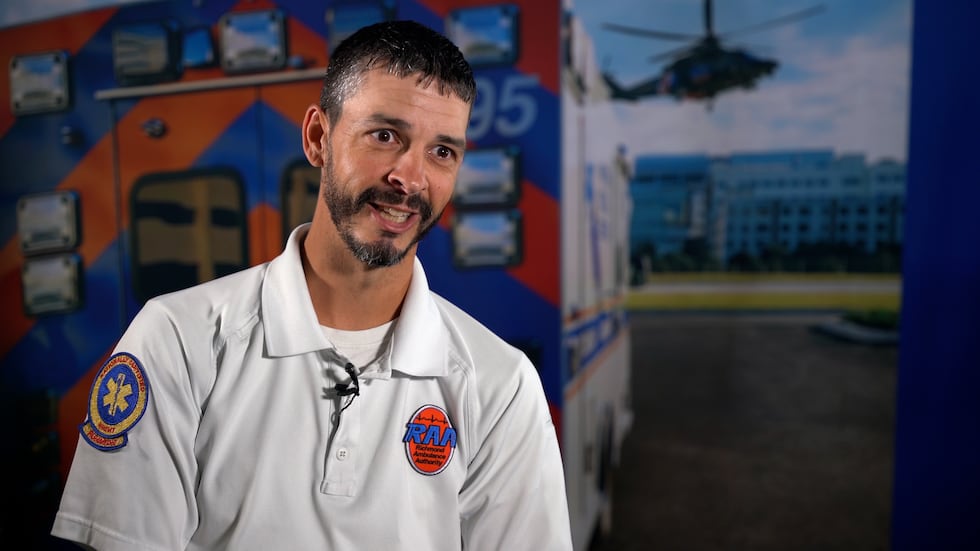
“The AED comes in, stuns the heart for a second, and then makes the heart reset. So, it’s kind of like control, alt, delete on your computer when nothing is working. That’s what we’re doing with the AED, control, alt, delete, get it to restart and hopefully it goes back to its natural rhythm,” Mayfield said.
In emergencies like cardiac arrest, every second counts, and having an AED on-site can make the difference between life and death, he said.
“I think everybody needs to have a plan in place,” Mayfield said.
Mayfield advocates for proactive planning in schools, urging students, teachers, and administrators to ensure that AEDs are easily accessible in case of an emergency.
He also says these devices are easy to use, with voice-command steps to help you administer a shock or continue on with compressions.
“You hit a button, and it tells you exactly what to do,” Mayfield said.
If you find yourself in an emergency situation, Mayfield suggests to:
- Don’t panic.
- Acknowledge the first beginning signs of a cardiac arrest.
- Call 911 and begin administering CPR.
- Send someone nearby to run to find the closest AED (or use the PulsePoint AED app that shows only self-reported AED).
- Get the AED on quickly and listen to the steps.
For Bowerson, an AED was not only a life-saving device but also a crucial tool in diagnosing his heart condition – hypertrophic cardiomyopathy.
His journey also led him to embrace his Catholic faith. Bowerson’s story serves as a catalyst for advocating broader changes, inspiring efforts to ensure that every school is equipped with AEDs.
“I’d love to see a world where every school has an AED within three minutes of anywhere.”
